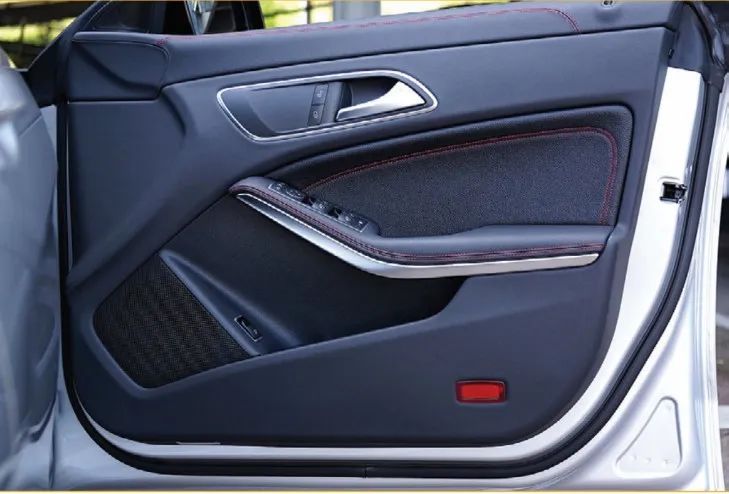There are two types of resins used to produce composites: thermoset and thermoplastic. Thermoset resins are by far the most common resins, but thermoplastic resins are gaining renewed interest due to the expanding use of composites.
Thermoset resins harden due to the curing process, which uses heat to form highly cross-linked polymers that have insoluble or infusible rigid bonds that do not melt when heated. Thermoplastic resins, on the other hand, are branches or chains of monomers that soften when heated and solidify once cooled, a reversible process that does not require chemical linkage. In short, you can remelt and reformat thermoplastic resins, but not thermoset resins.
Interest in thermoplastic composites is growing, especially in the automotive industry.
Advantages of Thermosetting Resins
Thermoset resins such as epoxy or polyester are favored in composite manufacturing due to their low viscosity and excellent penetration into the fiber network. It is thus possible to use more fibers and increase the strength of the finished composite material.
The latest generation of aircraft typically include more than 50 percent composite components.
During pultrusion, fibers are dipped into a thermoset resin and placed into a heated mold. This operation activates a curing reaction that converts the low-molecular-weight resin into a solid three-dimensional network structure in which fibers are locked into this newly formed network. Since most curing reactions are exothermic, these reactions continue as chains, enabling large-scale production. Once the resin sets, the three-dimensional structure locks the fibers in place and imparts strength and stiffness to the composite.
Post time: Oct-19-2022








